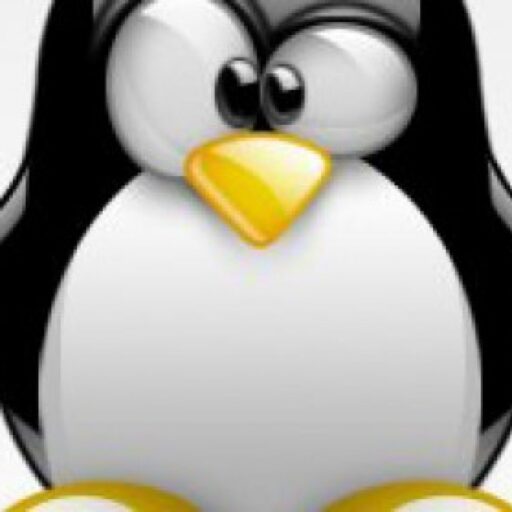Why put this article in? On my list for 2014 is completing a language learning course, even in a language I already know. Time to get through a course to refresh myself or try something new.
I may not have a chance to learn one of these, based on my requirements for the year, but then I may. Will let you know.
Programming jobs paying significantly more than the average position. Even beyond the tech world, an understanding of at least one programming language makes an impressive addition to any resumé.
The in-vogue languages vary by employment sector. Financial and enterprise systems need to perform complicated functions and remain highly organized, requiring languages like Java and C#. Media- and design-related webpages and software will require dynamic, versatile and functional languages with minimal code, such as Ruby, PHP, JavaScript and Objective-C.
With some help from Lynda.com, we’ve compiled a list of 10 of the most sought-after programming languages to get you up to speed.
1. Java
What it is: Java is a class-based, object-oriented programming language developed by Sun Microsystems in the 1990s. It’s one of the most in-demand programming languages, a standard for enterprise software, web-based content, games and mobile apps, as well as the Androidoperating system. Java is designed to work across multiple software platforms, meaning a program written on Mac OS X, for example, could also run on Windows.
Where to learn it: Udemy, Lynda.com, Oracle.com, LearnJavaOnline.org.
2. C Language
What it is: A general-purpose, imperative programming language developed in the early ’70s, C is the oldest and most widely used language, providing the building blocks for other popular languages, such as C#, Java, JavaScript and Python. C is mostly used for implementing operating systems and embedded applications.
Because it provides the foundation for many other languages, it is advisable to learn C (and C++) before moving on to others.
Where to learn it: Learn-C, Introduction To Programming, Lynda.com, CProgramming.com,Learn C The Hard Way.
3. C++
What it is: C++ is an intermediate-level language with object-oriented programming features, originally designed to enhance the C language. C++ powers major software like Firefox, Winampand Adobe programs. It’s used to develop systems software, application software, high-performance server and client applications and video games.
Where to learn it: Udemy, Lynda.com, CPlusPlus.com, LearnCpp.com, CProgramming.com.
4. C#
What it is: Pronounced "C-sharp," C# is a multi-paradigm language developed by Microsoft as part of its .NET initiative. Combining principles from C and C++, C# is a general-purpose language used to develop software for Microsoft and Windows platforms.
Where to learn it: Udemy, Lynda.com, Microsoft Virtual Academy, TutorialsPoint.com.
5. Objective-C
What it is: Objective-C is a general-purpose, object-oriented programming language used by theApple operating system. It powers Apple’s OS X and iOS, as well as its APIs, and can be used to create iPhone apps, which has generated a huge demand for this once-outmoded programming language.
Where to learn it: Udemy, Lynda.com, Mac Developer Library, Cocoa Dev Central, Mobile Tuts+.
6. PHP
What it is: PHP (Hypertext Processor) is a free, server-side scripting language designed for dynamic websites and app development. It can be directly embedded into an HTML source document rather than an external file, which has made it a popular programming language for web developers. PHP powers more than 200 million websites, including WordPress, Digg andFacebook.
Where to learn it: Udemy, Codecademy, Lynda.com, Treehouse, Zend Developer Zone,PHP.net.
7. Python
What it is: Python is a high-level, server-side scripting language for websites and mobile apps. It’s considered a fairly easy language for beginners due to its readability and compact syntax, meaning developers can use fewer lines of code to express a concept than they would in other languages. It powers the web apps for Instagram, Pinterest and Rdio through its associated web framework, Django, and is used by Google, Yahoo! and NASA.
Where to learn it: Udemy, Codecademy, Lynda.com, LearnPython.org, Python.org.
8. Ruby
What it is: A dynamic, object-oriented scripting language for developing websites and mobile apps, Ruby was designed to be simple and easy to write. It powers the Ruby on Rails (or Rails) framework, which is used on Scribd, GitHub, Groupon and Shopify. Like Python, Ruby is considered a fairly user-friendly language for beginners.
Where to learn it: Codecademy, Code School, TryRuby.org, RubyMonk.
9. JavaScript
What it is: JavaScript is a client and server-side scripting language developed by Netscape that derives much of its syntax from C. It can be used across multiple web browsers and is considered essential for developing interactive or animated web functions. It is also used in game development and writing desktop applications. JavaScript interpreters are embedded in Google’s Chrome extensions, Apple’s Safari extensions, Adobe Acrobat and Reader, and Adobe’s Creative Suite.
Where to learn it: Codecademy, Lynda.com, Code School, Treehouse, Learn-JS.org.
SEE ALSO: Is JavaScript the Future of Programming?
10. SQL
What it is: Structured Query Language (SQL) is a special-purpose language for managing data in relational database management systems. It is most commonly used for its "Query" function, which searches informational databases. SQL was standardized by the American National Standards Institute (ANSI) and the International Organization for Standardization (ISO) in the 1980s.
Where to learn it: Lynda.com, SQLCourse.com, TutorialsPoint.com, SQLZoo.net.
